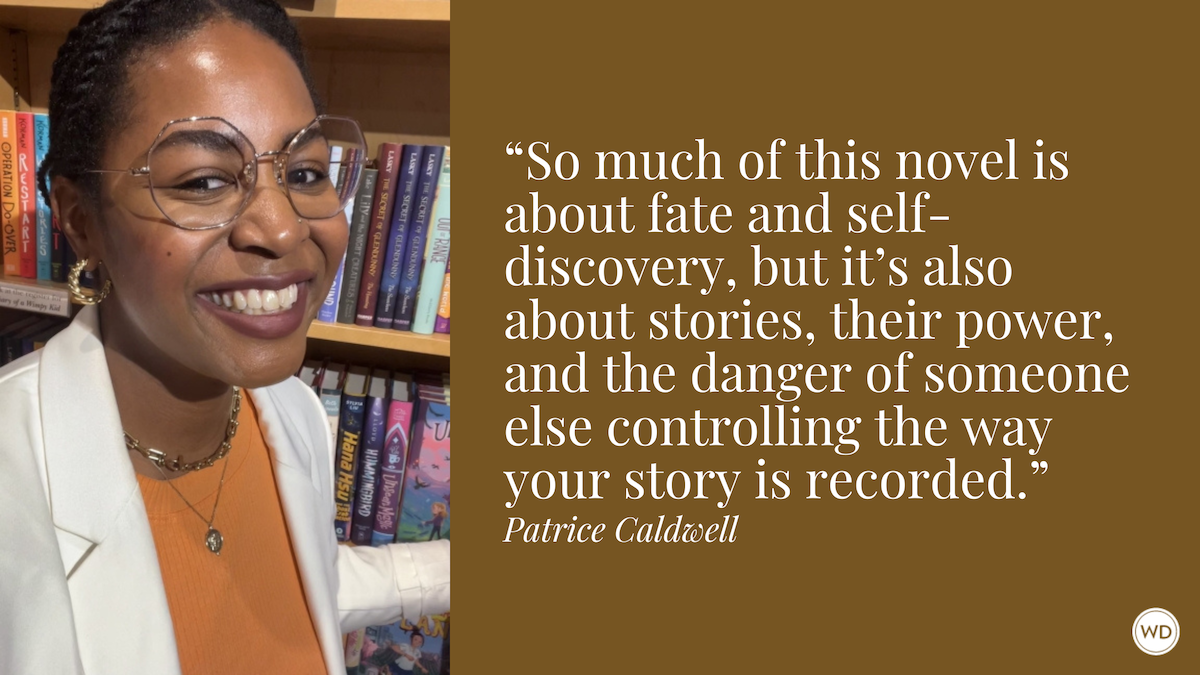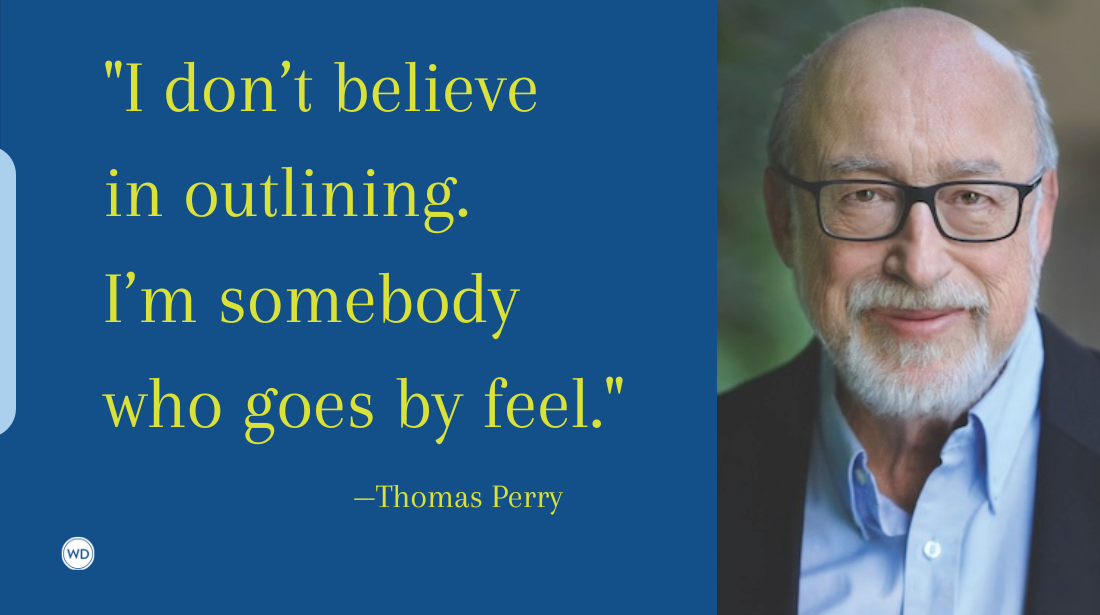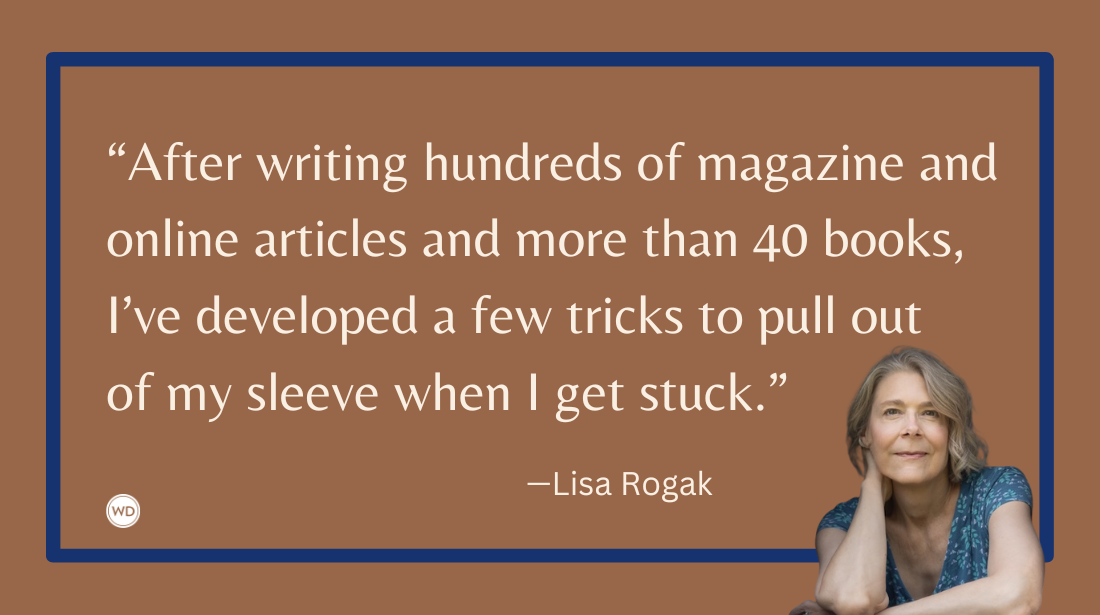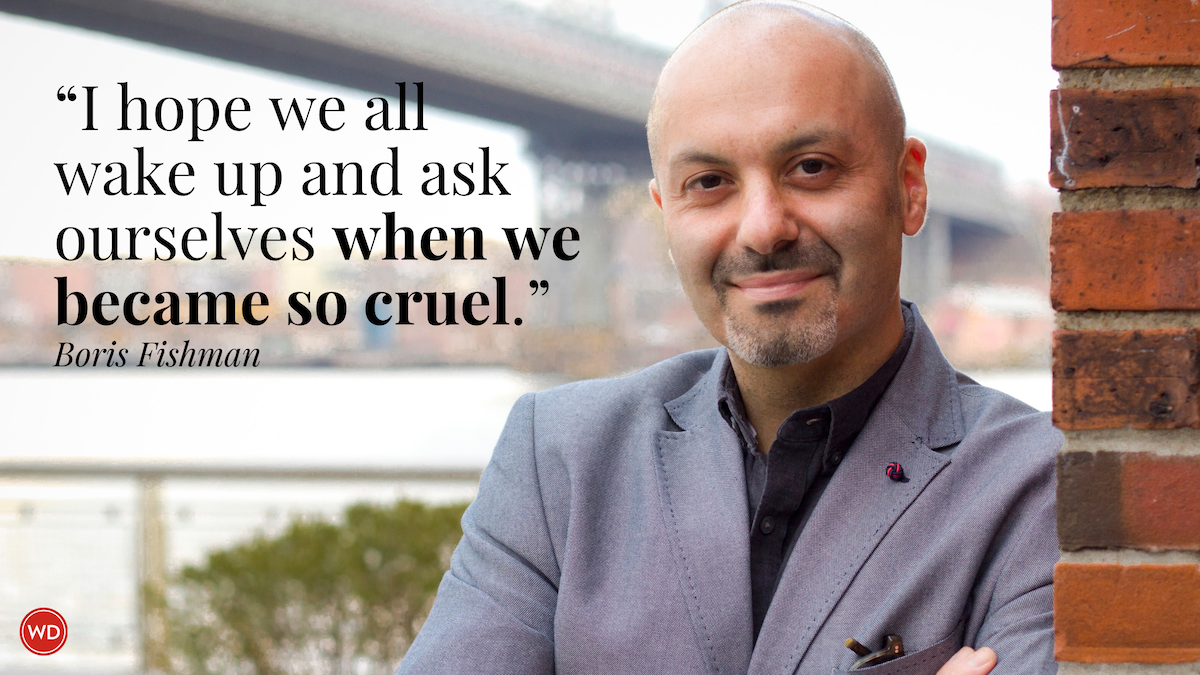Courageous Discomfort: Thoughts on How To Have Important Conversations About Race and Racism for Writers, Readers, and Other Human Beings
Authors Shanterra McBride and Rosalind Wiseman break down how to have important conversations about race and racism that can lead to actual change.
It took 14 months for school districts around the country to tell us that we can’t use the words “equity” or “inclusion” in our work with young people. It took 14 months for one of us (who is Black) to be told by a white woman “I don’t like the word equality” and the other (who is white) to be told by a parent that she was demanding to hide in the closet of her child’s third grade classroom to make sure the teacher wasn’t teaching Critical Race Theory.
During the summer of 2020, the country seemed ready. Ready to acknowledge racism’s ever-present and painful impact on the lives of so many in our communities. Ready to recognize racism’s insidious and deliberate contribution to the institutions our society was founded on. Anti-racism books flew off the shelf. Companies embraced diversity, equity, and inclusion efforts. People, white people in particular, were talking about race and racism in ways they hadn’t before.
As educators, we watched these changes with amazement and hope. But we also knew that people needed guidance on how to talk about these issues. We had experienced more than 20 years of people pulling each of us aside to ask questions that they didn’t feel comfortable asking in front of others. We knew it wasn’t enough to talk about racism; the missing piece was educating people about how to approach these issues without blame and judgment and understand how everyone’s emotions work to either shut us down in shame or uplift us in courage.
So, we wrote Courageous Discomfort: How to Have Important, Brave, Life-Changing Conversations about Race and Racism. We took the 20 most common, honest questions people have asked us about race and racism, and then answered them based on our shared experience helping people manage themselves with dignity, grace, and humor.
Our collective well-being depends on repairing our connection to each other. It doesn’t take a village to raise a child; it takes a village to raise all of us. And yet, look how we are struggling. We don’t believe we can talk to each other. We avoid family and friends who don’t agree with us. People sit in Diversity seminars at work terrified to ask questions; political leaders manipulate our moral outrage to further divide us; outrage fueled by social media companies who deliberately enrage us for their power and profit. Educators are monitored for teaching the “correct” curricula (which of course means vastly different things to parents whose children are in the same classroom) and attacked if they make a “mistake,” and books are banned because they make some children uncomfortable; even though those same children have cell phones that bring all of the world’s complexities into their hands.
We are in a mess and while the challenges before us are formidable they aren’t impossible to overcome. The key is 1) grounding the work in the principle of dignity; 2) knowing how emotions work; and 3) creating a learning space for people to feel they belong.
1. We use these four principles to guide our thoughts and actions:
● Everyone’s dignity, the recognition of our inherent worth, is a given.
● Listening is being prepared to be changed by what we hear.
● Be easy on people, hard on ideas.
● No one knows everything, together we know a lot.
IndieBound | Bookshop | Amazon
[WD uses affiliate links.]
2. We understand how emotions work and learn how to manage them:
Emotions are automatic physiological responses in the brain to things happening around us. Our feelings are how we perceive and interpret our emotions. Emotions come first, then feelings, and then our thoughts follow.
While emotions are real and powerful, they aren’t permanent. We can and often do change the way we feel. Which is why it is so important to develop the skills to describe our feelings; so, we can understand and communicate them to ourselves and others. When that happens, we have the capacity to handle situations that seemed impossible before.
The challenge for all of us is that thinking, talking, and doing something about racism often emotionally hijacks us. That’s the experience of being captured by the emotional reaction to things you sense or experience around you. Emotional hijacking can make us react quickly—as if we are being physically threatened—so we disconnect, run away, or fight back against whatever we perceive to endanger us.
We can’t let that happen. We can’t let this disconnection and denial of our collective and individual dignity continue.
3. We create a place of belonging so we can talk to each other:
Many well-intentioned DEI education programs miss the basic yet essential goal when teaching: Making people want to be there. Or in education speak, “Creating a sense of belonging in the group.”
It’s not coddling people to help them prepare to have these conversations. It is creating an environment necessary for learning and engagement. Because here’s the thing: Learning only happens when we are uncomfortable and then given the space to share what we don’t understand, make “mistakes,” and experiment with new ways of thinking. And that only happens when we aren’t worried about being judged or humiliated.
That’s the case when we learned math in middle school. And it’s most definitely the case when we learn about race and racism; no matter how old we are.
People have shared with us experiences of sitting in classes, conferences, and workshops where the presenters felt they had to shock the (usually white) audience into engagement or make them feel guilty. That doesn’t work. It emotionally hijacks people so they shut down, become resentful, or overwhelmed. It also creates opportunities for people who use racial division and people’s anger and fear (again deliberately exacerbated by social media) to further their own agendas.
We need a map to keep us on the road. Here are some signs to indicate when the conversation is going badly (besides the horrible feeling in our stomachs).
Things are going sideways when…
● The conversation is going in circles
● People are only listening for mistakes
● Non-curious questions dominate (questions that aren’t really questions but ways to make people feel put down or dismissed)
● One side feels they have won
● One side feels mocked
What can we do to get things back on track?
● Ask curious questions that communicate we actually want to know more
● Listen to be changed by what we hear
● Acknowledge people and their histories
● Name what’s happening if it feels like a competition or battle
● Remind people that their dignity is not negotiable
If we need tips to talk to someone one on one…
People will disagree and things can get heated. We need some responses at our disposal to keep the conversation on track. Like the following:
Help me understand (and then repeat back what the person just said that got on your last nerve)
This is clearly really important to you and I want to understand why…
After the person finishes speaking you can say something like, Now do you want to hear what I think? If they say no or act like they don’t, you say, “It’s feeling like you aren’t interested in listening to me so let’s stop this conversation and if you ever want to talk about it again, I would welcome the opportunity.” You can always walk away to take care of yourself now and try again later.
Repair and reconnection are possible.
Yes, the work is hard and takes courage. But here's the good part. Taking ownership is never about shame, it’s always about growth. It’s always about repairing our connections with each other and contributing to something larger than ourselves. When we compare that to living in fear the only risk is not embracing courageous discomfort. We are needed and capable of creating a world where everyone is treated with dignity.
Shanterra McBride and Rosalind Wiseman are the co-authors of Courageous Discomfort: How to Have Important, Brave, Life-Changing Conversations about Race and Racism. Shanterra McBride is an author, preacher, speaker, and teacher, and founder of Marvelous University, a social enterprise that offers life coaching and success planning for young people, specializing in leadership development for girls and young women. Her expertise encompasses everything from youth development and youth needs, to diversity and inclusion and allyship. She works with young people of all backgrounds, as well as with adults seeking to become better trusted allies in the lives of the young people they interact with. Rosalind Wiseman is the co-founder of Cultures of Dignity; an organization that shifts the way communities think about our physical and emotional wellbeing by working in close partnership with the experts of those communities–young people, educators, policy makers, and business and political leaders. She is the author of multiple New York Times Bestselling books including: Queen Bees and Wannabes: Helping Your Daughter Survive Cliques, Gossip, Boyfriends, and the New Realities of Girl World—the groundbreaking, best-selling book that was the basis for the movie and Broadway Musical Mean Girls, and Masterminds & Wingmen: Helping Our Boys Cope with Schoolyard Power, Locker-Room Tests, Girlfriends, and the New Rules of Boy World, which was awarded Best Parenting Book by Books for a Better Life.






